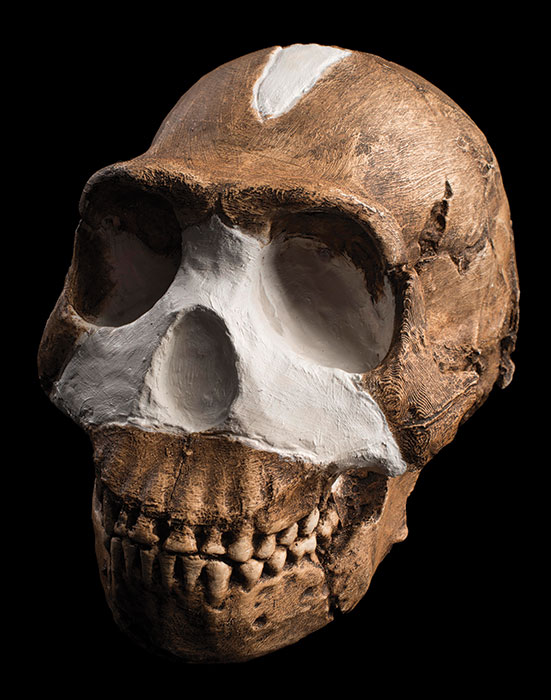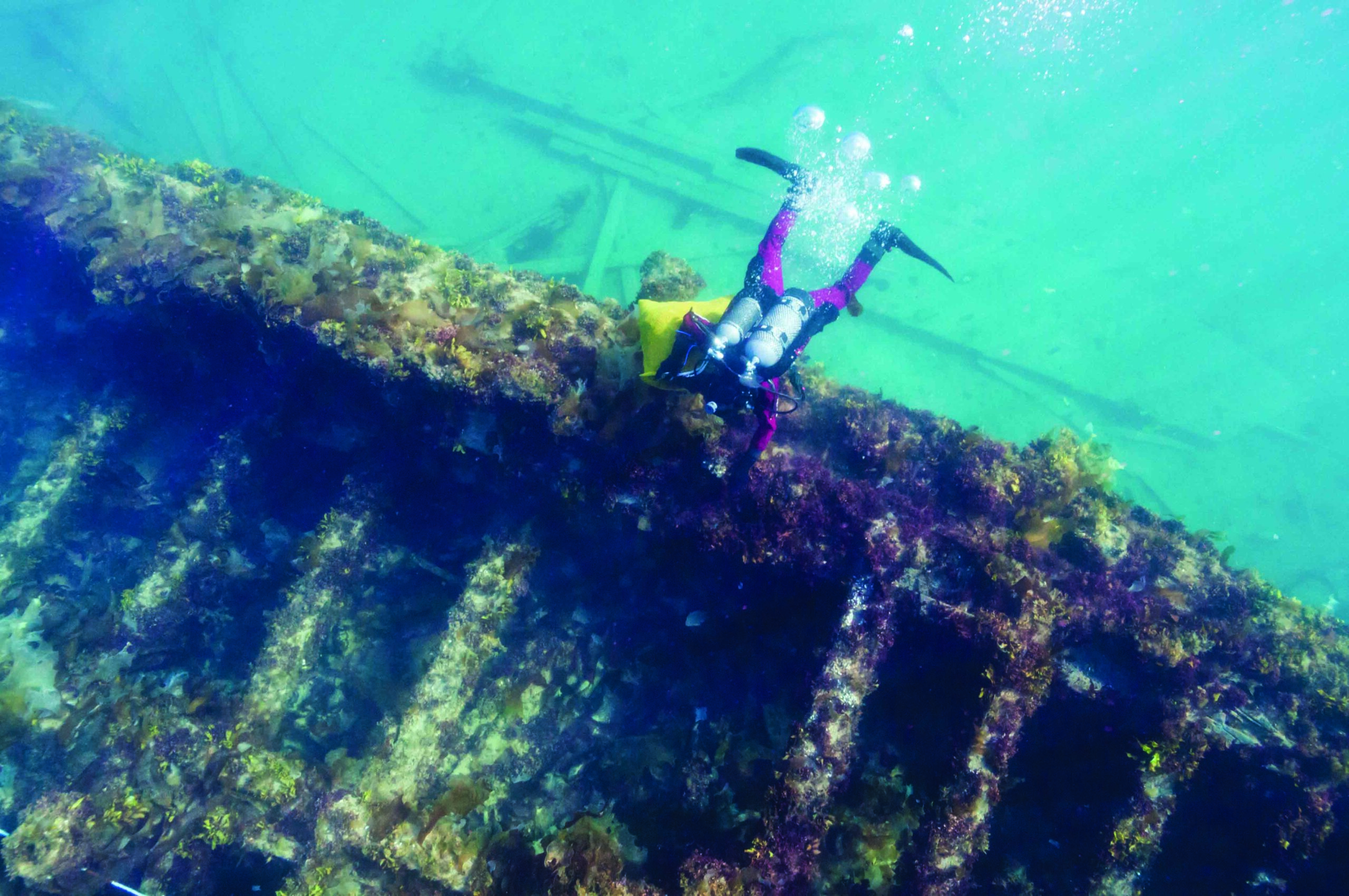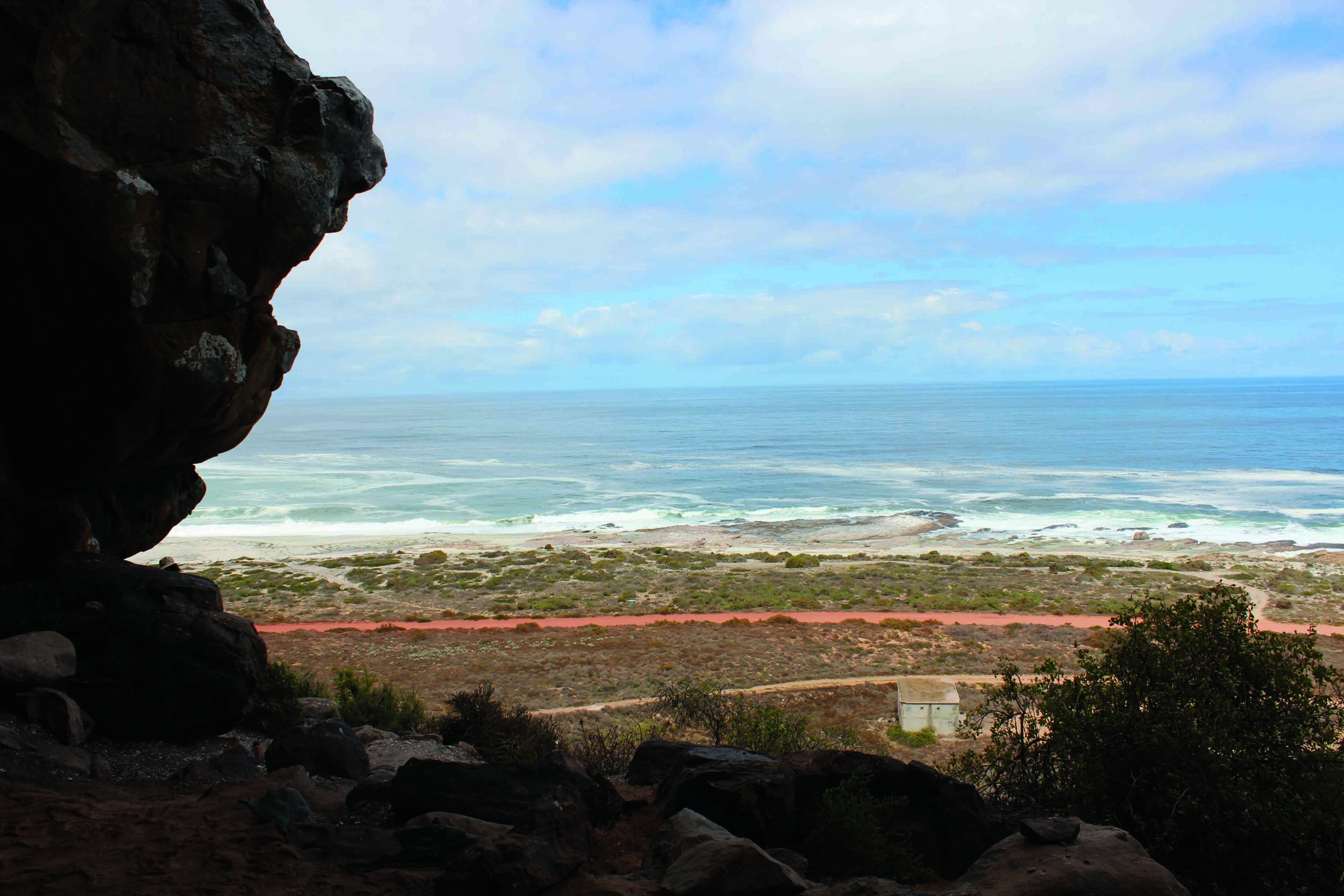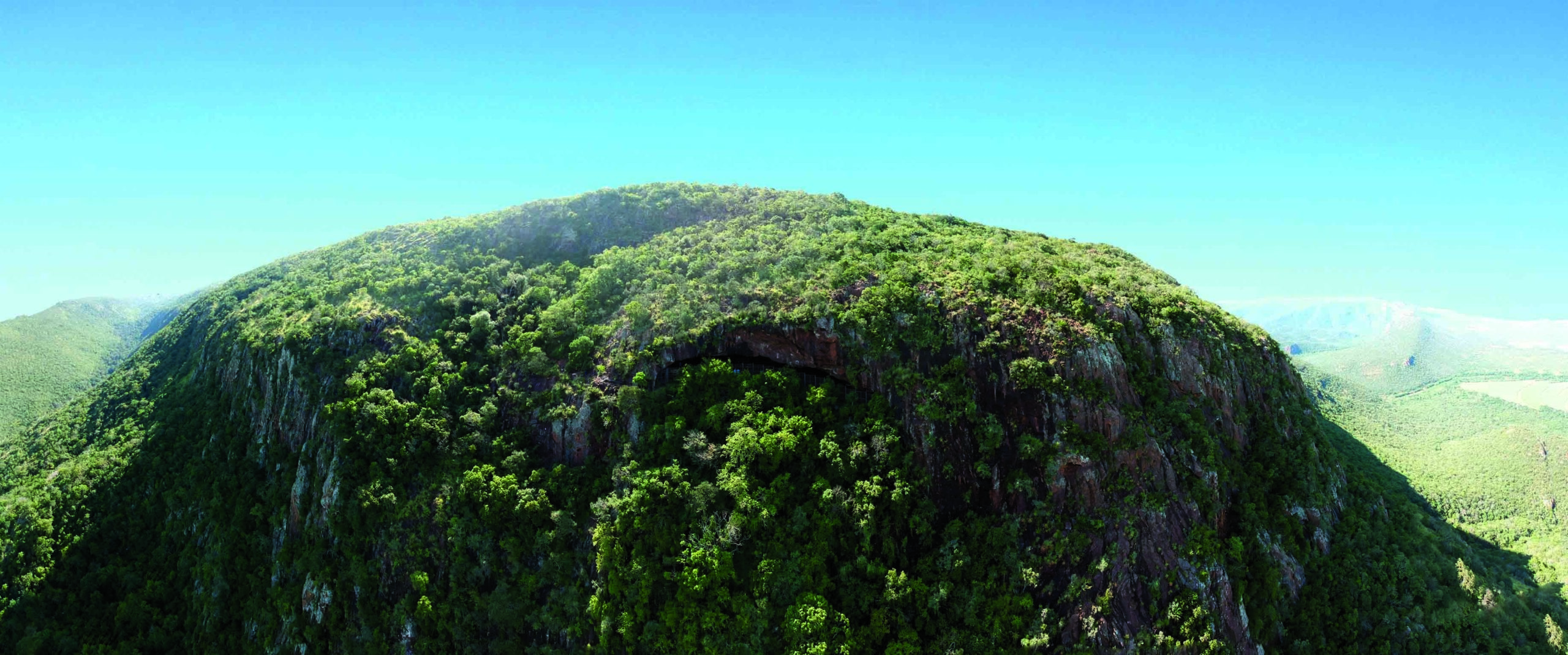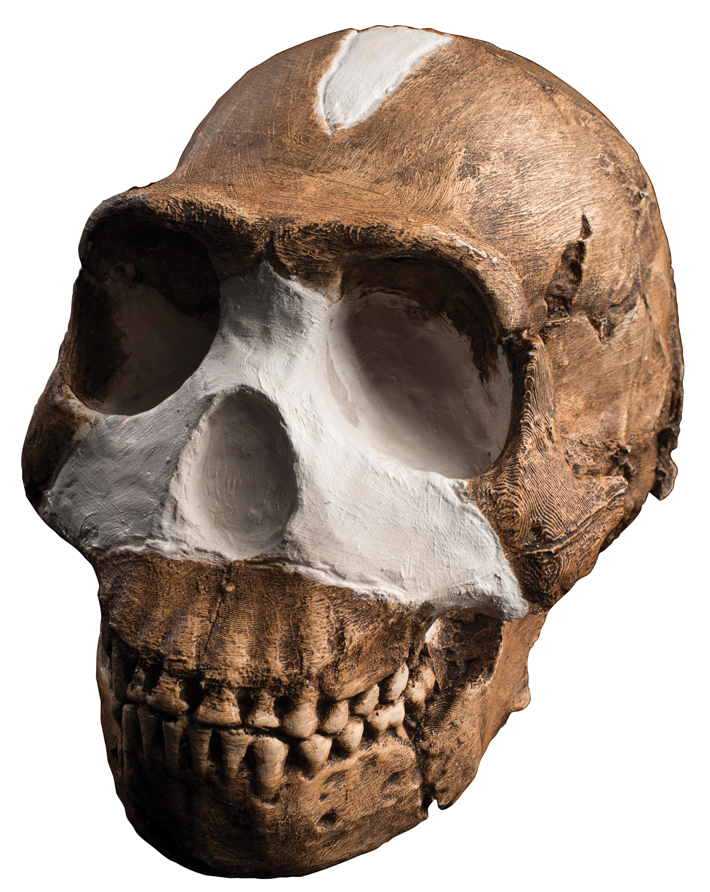
When the strange skeletal remains of more than a dozen early hominins were uncovered in South Africa’s Rising Star cave system, they challenged the story of human origins. The fossils perplexed scholars, as their anatomical features combined modern human and ape-like characteristics. Their shoulders and curved fingers were adapted to climbing trees, but their long, slender legs and foot shape suggested that these hominins walked on two feet. Their skulls were similar to those of modern humans, but their brain cavities were less than half the size. University of Witwatersrand paleoanthropologist Lee Berger and colleagues determined that the bones represent a previously unknown human species, now called Homo naledi. Recent dating of the bones indicates that Homo naledi lived around 230,000 to 330,000 years ago, almost a million and a half years later than initial estimates. This means that the species was not only a distant cousin of modern humans, but also a neighbor living at the same time. “It’s remarkable,” says Berger. “Until naledi, we thought modern humans were alone in Africa at this time.”


